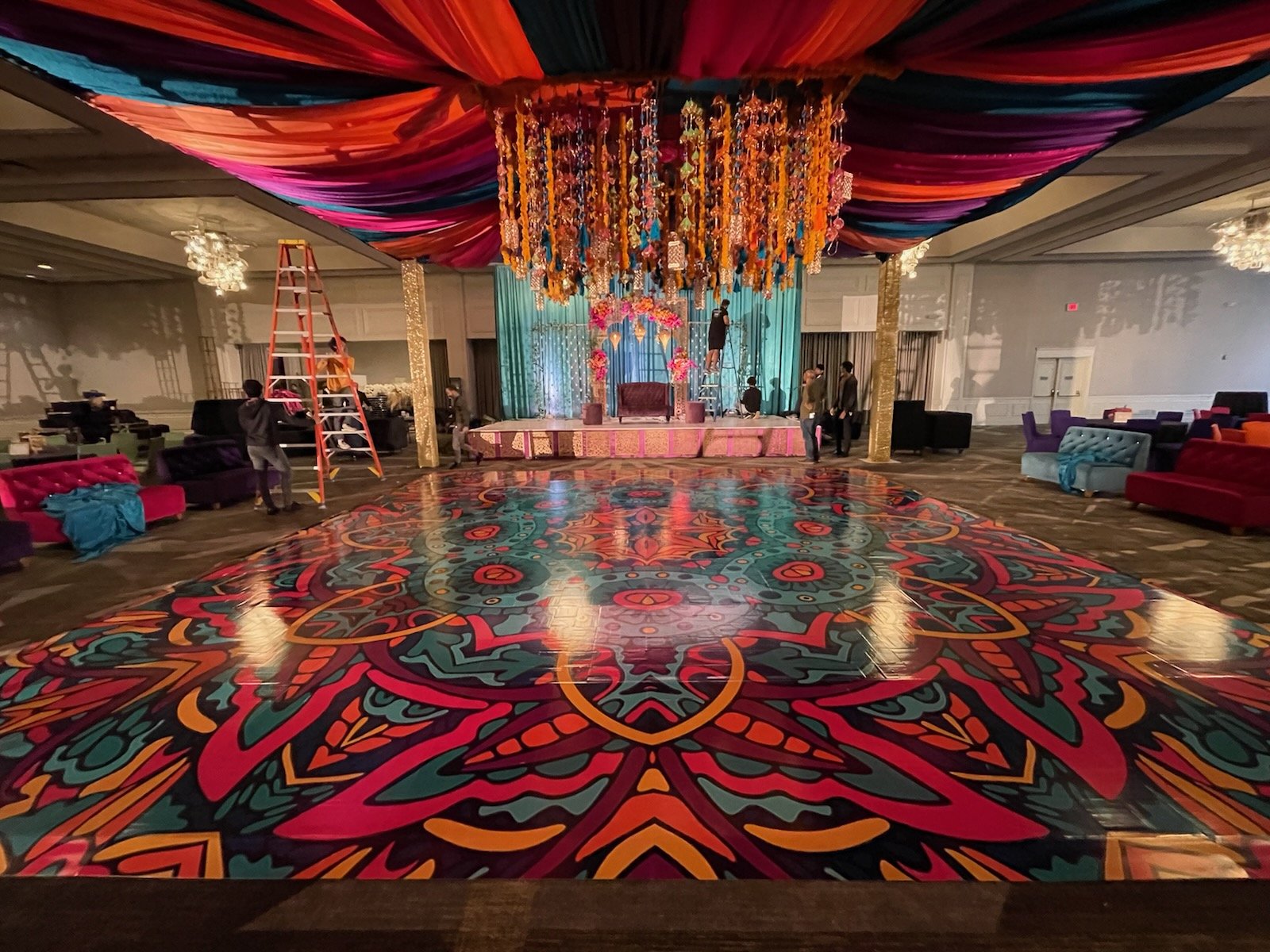Investigating the Diverse Substances That Convert Dance Surfaces into Breathtaking Aesthetic Experiences
Wiki Article
Dance floors have developed considerably over the decades, becoming more than just a place to dance to melodies. Today, they are transformed into breathtaking aesthetic experiences through the use of various materials and techniques. These materials not only enhance the visual attractiveness of the area but also enhance the overall encounter for performers and audiences alike. Understanding the flexible materials that contribute to these vibrant settings can provide insight into the craft of performance floor design.
One of the primary frequent materials used in modern dance floors is light-emitting diode illumination. Light-emitting diode lights are energy-efficient and can produce a wide range of hues and impacts. They can be integrated in the floor directly or used as part of a lighting setup over the dance floor. This innovation allows for synchronized light shows that can change in response to the melodies, creating an engaging experience. The capability to configure these lights means that they can be customized to fit different themes or atmospheres, making each event distinct.
Another important material is reflective materials, such as reflectors or polished tiles. These materials can create an illusion of space and dimension, making the dance floor appear larger than it is. When performers move, their images can add an additional layer of visual appeal, enhancing the overall show. Additionally, reflective surfaces can interact with illumination effects, amplifying the hues and designs displayed on the floor. This combination of illumination and reflection can enthrall audiences and boost the vitality of the event.
In furthermore to lighting and reflective substances, the use of digital screens has become progressively common in dance floor creation. These screens can display lively images, graphics, or even live feeds of the show. By incorporating digital innovation, event organizers can create a comprehensive experience that involves both the performers and the spectators. The capability to alter visuals in actual time allows for a fluid environment that can adapt to the rhythm and vitality of the music, making each moment feel new and thrilling.
Furthermore, the choice of flooring substance itself plays a crucial role in the overall encounter. Traditional wooden dance floors are still favored for their strength and functional qualities. However, newer substances like synthetic and rubber are gaining favor due to their versatility and ease of maintenance. These materials can provide better shock absorption, reducing the chance of harm for performers. Additionally, they can be crafted with multiple patterns and colors, allowing for creative expression in the dance floor's look.
In conclusion, the evolution of dance floors into breathtaking visual experiences relies on a mix of creative materials and techniques. LED lighting, reflective surfaces, electronic screens, and customized flooring materials all contribute to creating an captivating setting for dancers and audiences. As innovation continues web link to progress, the opportunities for improving dance floor design will only expand, making upcoming events even more captivating and unforgettable. Comprehending these substances helps value the artistry involved in creating spaces where dance and music come together in unison.
